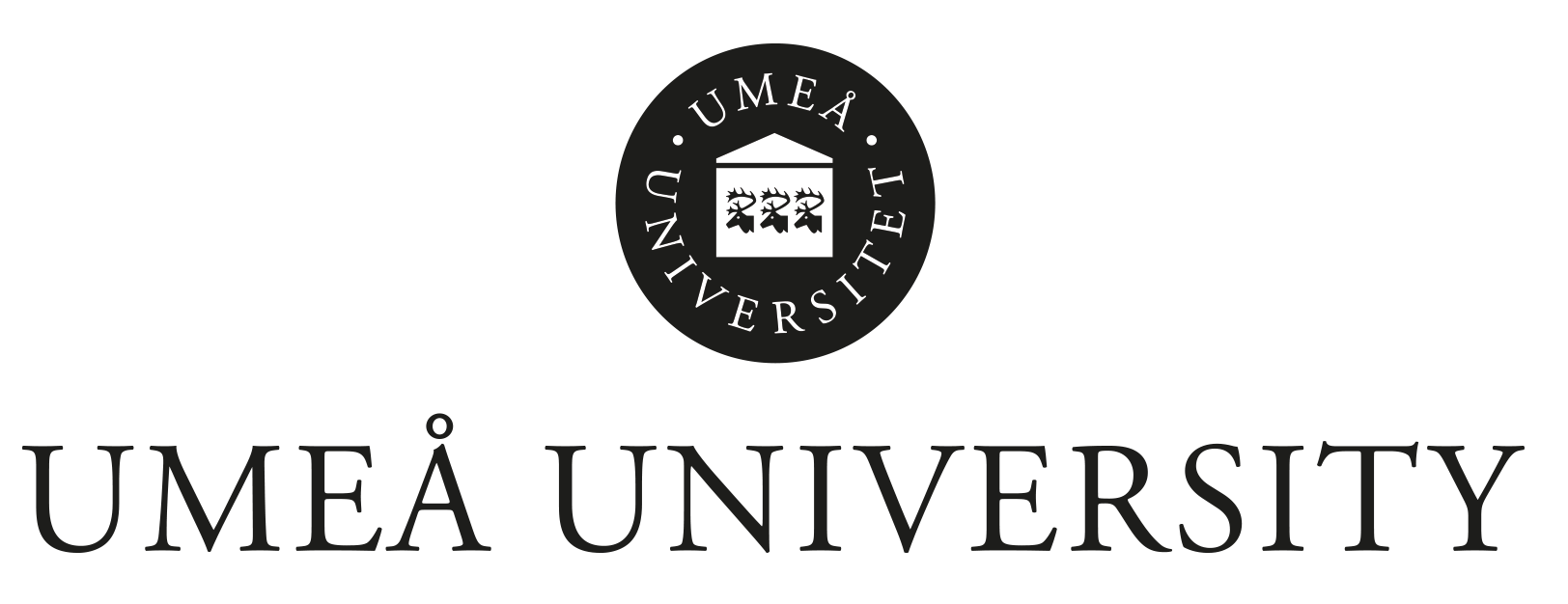Panelists: Mark Olson, Robert Collins, Cyanne van den Houten, Ymer Marinus, Daniel Shanken
Moderator: Ylva Fernaeus
This panel brings together theory, curating, and media arts practice to explore the complexities and creative tensions involved in working with interactive art exhibitions. Five experts, all with different experiences and angles towards this topic will begin by giving a short glimpse of their own practice, followed by a group discussion.
With insights from the frontlines of interactive installations, the panelists will reflect on the challenges of building artworks that respond to user input, how to foster a culture of experimentation, and the ethical questions that arise from inviting the audience into the creation process. By blending theory, design practice, and hands-on tinkering, the conversation will offer new perspectives on how to craft exhibitions that are both engaging and thought-provoking in this rapidly evolving field. The panel will also address how curators can balance technical expertise with artistic intent, ensuring the integrity of both the work and the audience experience.
Daniel Shanken UmArts Postdoc, completed his BFA in Fine Art Media at Art Center College of Design in Pasadena in 2006, MFA in Art Practice at Goldsmiths University of London in 2012, and his PhD in contemporary art practice in 2023. Before starting as an Assistant Professor at AVA (HKBU) in 2019, he worked as an Art Practice Tutor at Goldsmiths University London, and a visiting lecturer at the Royal College of Art London.
Robert Collins is an assembler of critical things. Sometimes artist, mostly fabricator. He builds things as a way to understand the social complexities of new technologies and to find ways to subvert and circumvent the generative harms and noise that often emerge. He is currently pursuing a PhD at Umeå Institute of Design in Designing for Contestable Systems – looking for ways to challenge algorithmic hegemony through Critical, Agonistic and Tactical Design.
Mark Olson is Associate Professor of the Practice in the Department of Art, Art History & Visual Culture and the Program in Computational Media, Arts, & Cultures at Duke University. He works closely with curatorial colleagues at the Nasher Museum of Art to consider how emerging interactive and analytic technologies—from extended reality (AR/VR) to CT scanning and physics simulation, from microcontrollers and computer vision to large-language models—might enrich both popular and scholarly engagement with museum collections. He teaches courses on critical making and the internet of things; on mnemotechnologies and the medial materiality of archives; on the more-than-human ethics of practicing artistic research in the science lab; and on the frictive histories of disability justice and critical design.
Cyanne van den Houten is a queer media artist based in the Netherlands. Their practice revolves around the parallels between magic and technology and with their works they aim to explore the synthetic connection between humans and machines. Through interactive installations, tinkering with electronics, generative software and speculative storytelling, they investigate poetic potential and power structures embedded in digital tools. Cyanne holds a MA in Design from the Sandberg Instituut and is a founder of the art-tech collective Telemagic and .zip, a Rotterdam-based media lab. Van den Houten´s practice is a playful, intuitive place where they hack current low and high technologies. Their work has been shown at institutions including Centraal Museum, Tetem, and Ars Electronica. Ymer Marinus is a media artist, hacker, activist and sound sculptor based in Amsterdam who works at the cutting edge of arts + technology. They are also founder of the Telemagic collective, alongside Roos Groothuizen and Cyanne van den Houten. Ymer’s work often involves generative code, ever changing soundscapes, and DIY tool‑creation. They explore how natural phenomena, movement, and other organic inputs can feed into digital systems, creating immersive interactive artworks that blur the lines between human, machine, and environment. Most recently Involved in uncovering the growing mysteries surrounding AI by making (dis-)functional systems that loop AI into itself to expose its inner workings and show hidden power structures.
